A Beginner's Guide to Dispersed Camping

So you want less social and more distancing? Maybe it's time to give dispersed camping a try.
(cover photo by @kylesford)
-------------
For over 100 years, people have been flocking to our national parks in search of a connection with nature. With little more than a shelter and a few supplies in tow, we've set out to experience the freedom one finds in the great outdoors. But there's been a recent rise in popularity. The pandemic has encouraged more of us to gather outdoors, and it's increasingly tricky to find a spot.
Not long ago, one would have to make their way to a campground; fingers crossed, there would be a spot to set up camp for the night. Now, many national parks and campgrounds are moving towards reservation-only systems. As a result, even those diehard weekend warriors who rise at dawn in search of a spot are often met with those dreaded words, "Campsite Full."
So what do you do when you've got the itch to camp but have nowhere to go? Enter: Dispersed camping. Not only has dispersed camping become a safer option during COVID-19, but it's free! Below, we'll tell you how to skip the crowded park campgrounds and go dispersed camping.

photo by @abbnelson
What is dispersed camping?
With traditional camping, most sites are designated and easy to define. The site will usually have a parking space, a fire ring or grill, and a picnic table. In addition, you usually have some access to potable water and bathroom facilities, along with site managers in case of emergency.
Dispersed camping is the more adventurous counterpart to traditional campsite camping. You just have to be open to forgoing a few of the creature comforts offered by traditional campgrounds. Dispersed camping is best described as camping on public lands away from developed recreation facilities. And as long as it does not interfere with other authorized uses, wildlife, or natural resources, the remainder of those public lands are open for camping.

photo by @robsonhmorgan
How Will I Know Where to Camp?
When looking for places to camp, you can check out government websites like:
- Bureau of Land Management (BLM)
- U.S. Department Of Agriculture (national forests and national grasslands.)
- Wildlife Management Areas (WMA).
You can also use apps and websites for finding sites like:

photo by @noaa
How Do I Pick A Good Site?
Most dispersed campsites are found on secondary roads and are usually unmarked. If the location you've come across has the telltale signs of previous camping, it's usually a safe spot to set up camp. These signs, for example, would look like flattened ground that's been previously cleared, a campfire circle, or noticeable signs of disturbance. It's recommended that you use these spots and save the undisturbed land for its full-time inhabitants.
Ask a ranger.
Don't be shy! Ask a forest ranger. Some great people are working in our national forests, and their primary goal is to protect natural resources and forest visitors. This means they want you to find the right spot to safely set up so you can enjoy your time at camp. They can usually be found at a ranger station or passing by on a forest road. Just give them a wave, and if they're not busy, they're usually happy to point you in the right direction.
Grab a physical map.
Do you think getting there is half the fun? Don't trust your phone to get a signal once you leave the main road? Then a map is a great way to add a little adventure to the trip. With a detailed map, you'll be able to find what road is heading in the direction you want to explore. These can be bought at the Forest Service offices or printed off on the Forest Service website. Just don't forget your compass!

What to Bring For the Best Experience?
Basic packing list.
Besides the usual no-brainer gear you usually bring to camp, like a tent, a sleeping pad, and a lamp, we recommend incorporating a few new items into your packing list.
- Instant or freeze-dried camping meals: You never know when a fire ban might go into effect, and your small portable stove is now the MVP of every meal at camp.
- A water filter: You should consider bringing a good water filter along because you won't have access to potable water as you would at a traditional camp. Just in case your supply runs dry, and the nearest town is a long way away.
- Firestarters: Bring a few different options for starting a fire, so if one doesn't work, you can try your luck with another. It's better than having to drive back to the nearest town to get what you need.
- Camp furniture: There won't be a picnic table for eating and gathering, so you'll typically need to bring along a few camping chairs and a table for a prime set-up.
- Large storage bins or cooler: Not only are these great for keeping your food sealed next to your cooking area or in your car, but they also make a tremendous makeshift sink for washing and storing dishes at camp.

"Leave no trace" tools.
You've heard it before, and you'll hear it again — "leave no trace." And when you don't have access to toilets as you would at a traditional campground, you need to make sure you have the tools to make "it" happen.
- Trowel or shovel: A small trowel for digging will allow you to bury your waste. Just make sure that you are doing the deed at least 200 yards from a water source, trail, or campsite. It needs to be between 6 and 8 inches deep and filled back up when you've finished the deed.
- Biodegradable toilet paper and/or baby wipes: These can be used to clean up after going to the bathroom, but be sure to bring a bag or container for disposal.
Safety and emergency medical supplies.
It’s not unusual for your closest neighbor to be a few miles away when dispersed camping. That alone can feel a bit unnerving. So knowing that the closest town away is even further is reason enough to pack basic supplies in case of an emergency.
- Small First Aid Kit: This includes but is not limited to bandaids, cleaning supplies for scrapes and cuts, pain killers, wraps, and anything else you might need for non-life-threatening emergencies on the trail.

photo by Stephanie Wright
So are you ready to give dispersed camping a try? Let us know how it goes in the comments! Are you already a seasoned dispersed camper? We want to know what tips you would give first-timers below!
-
Shop the gear from this post:




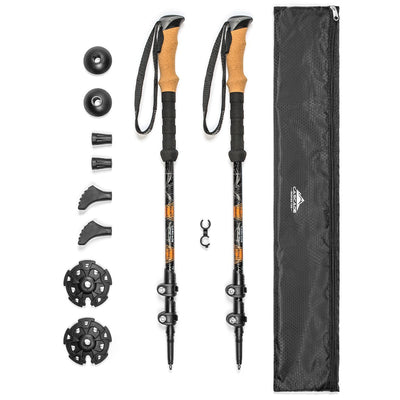
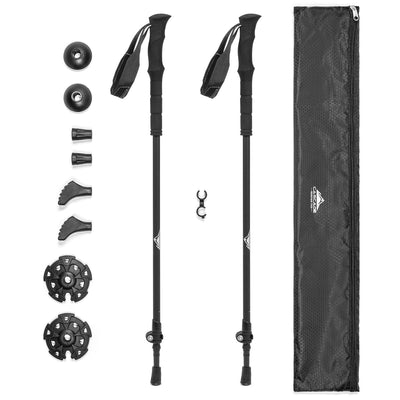
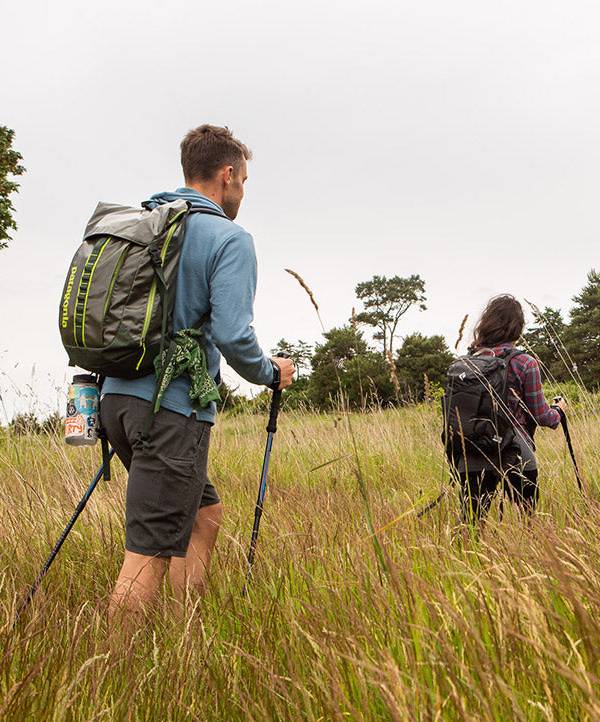

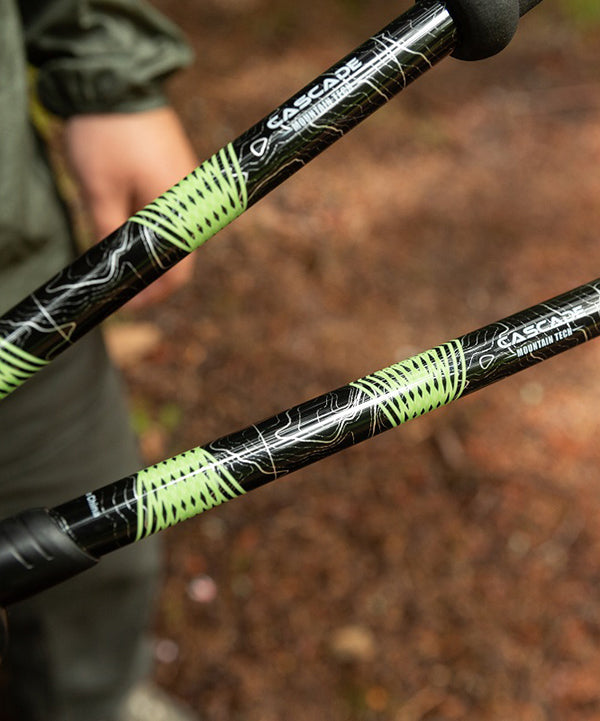

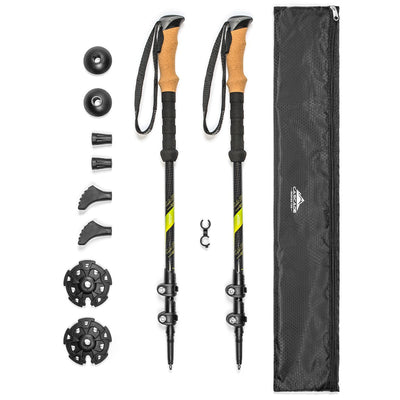
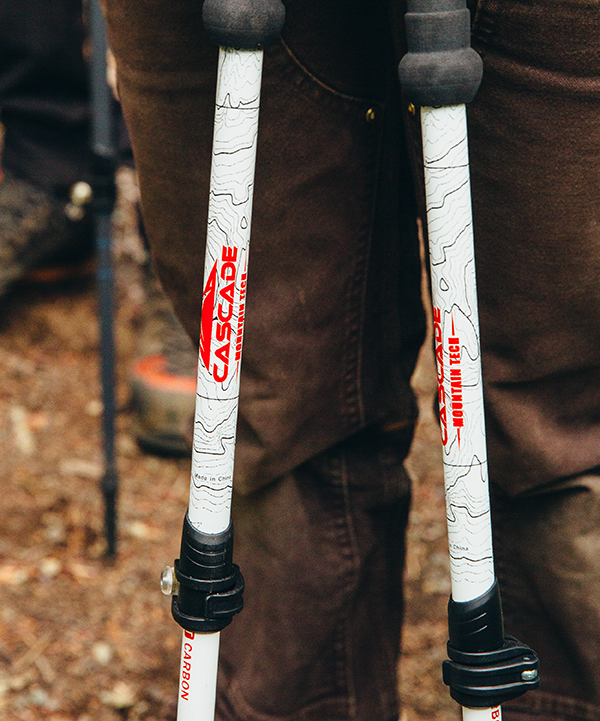


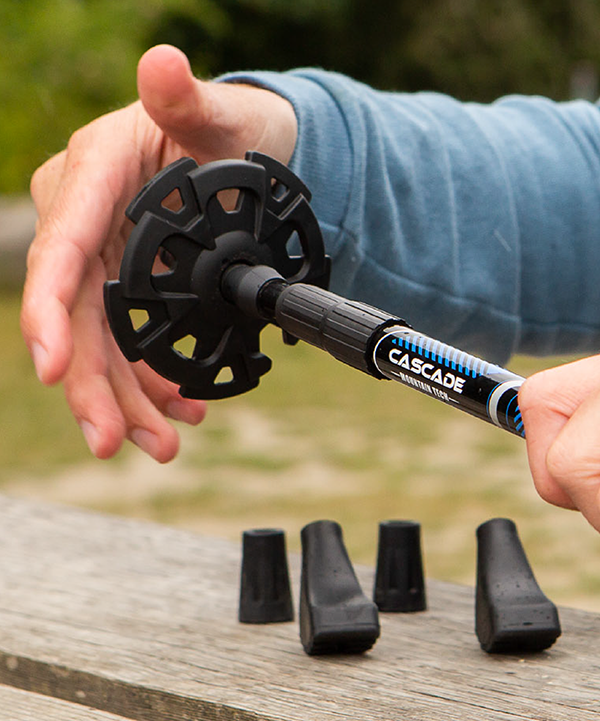
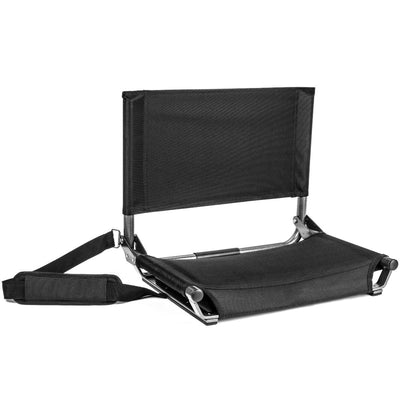
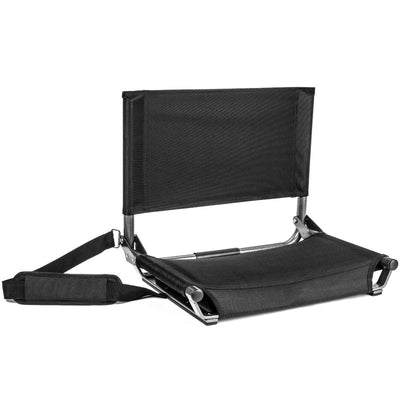



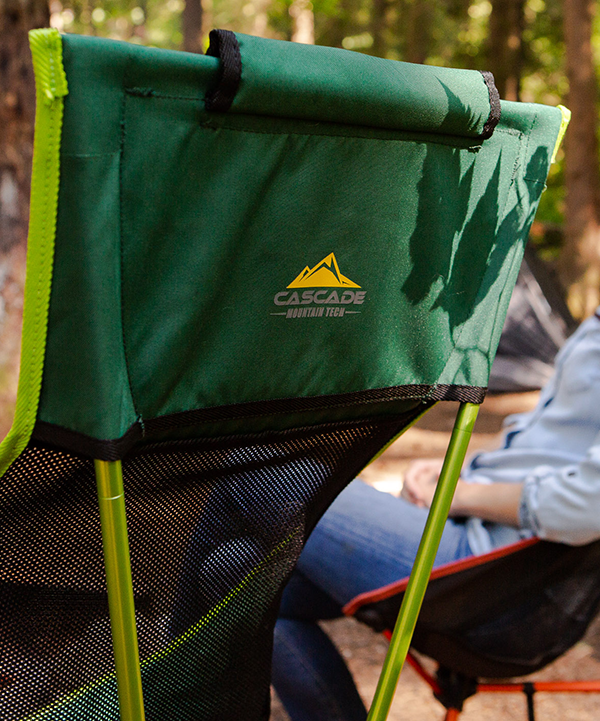
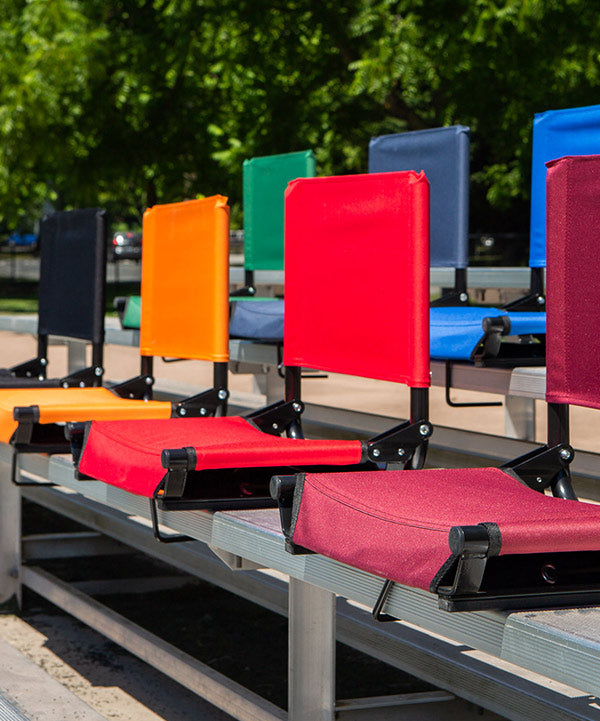

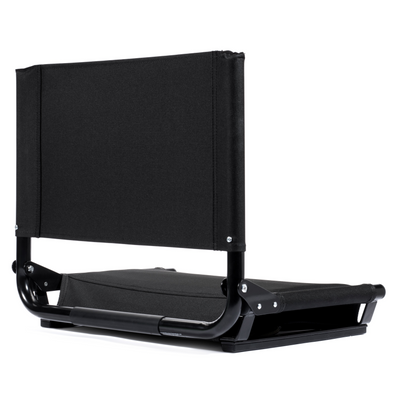
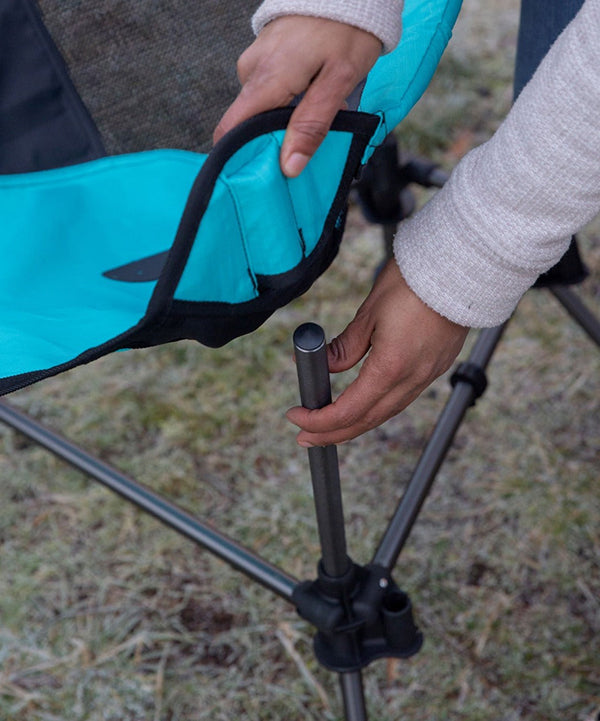
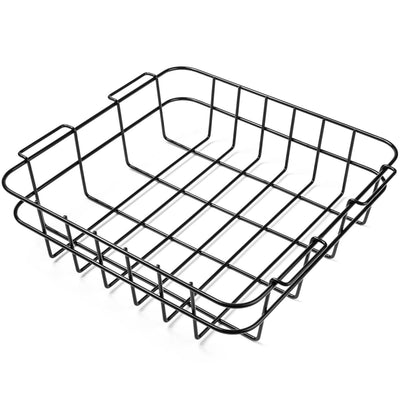

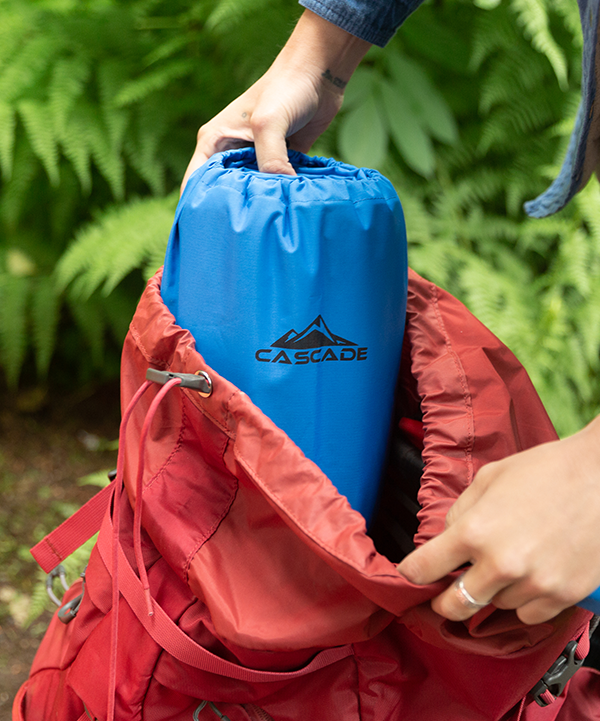
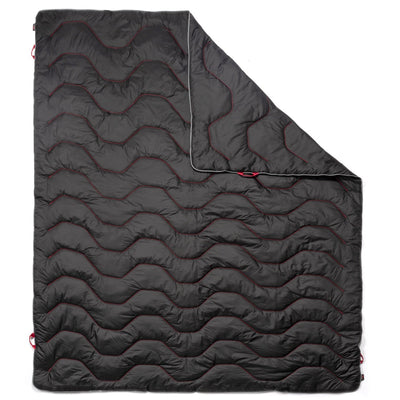
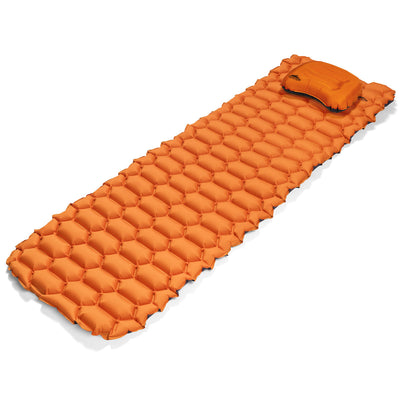



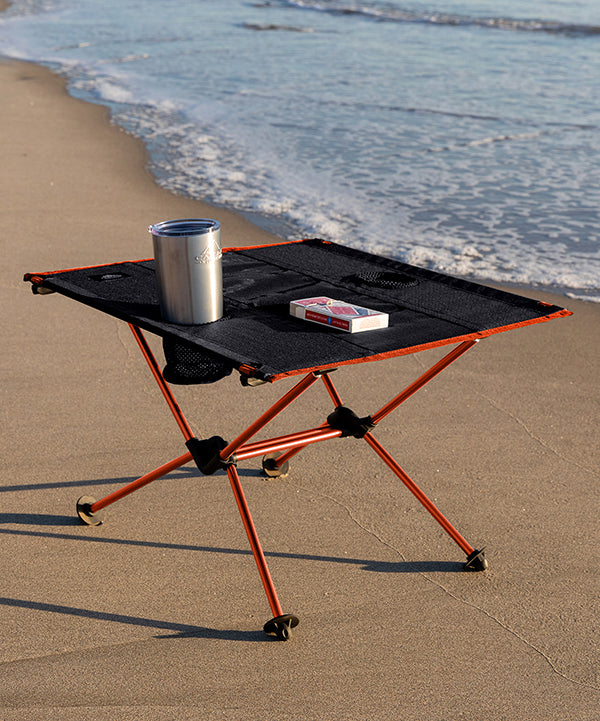

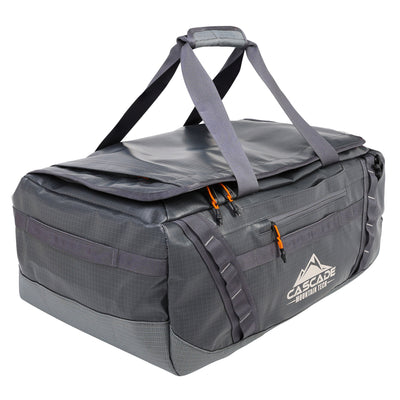
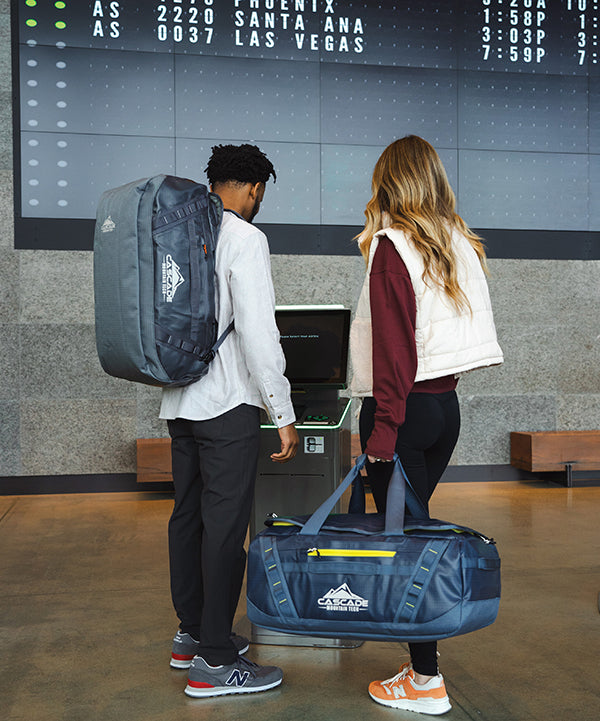
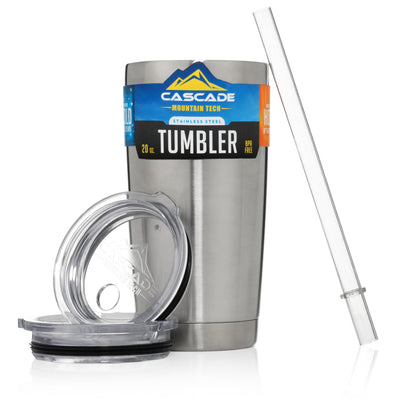
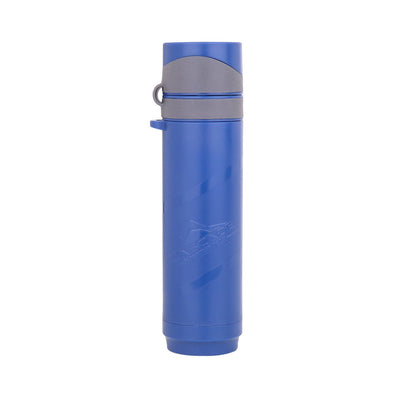
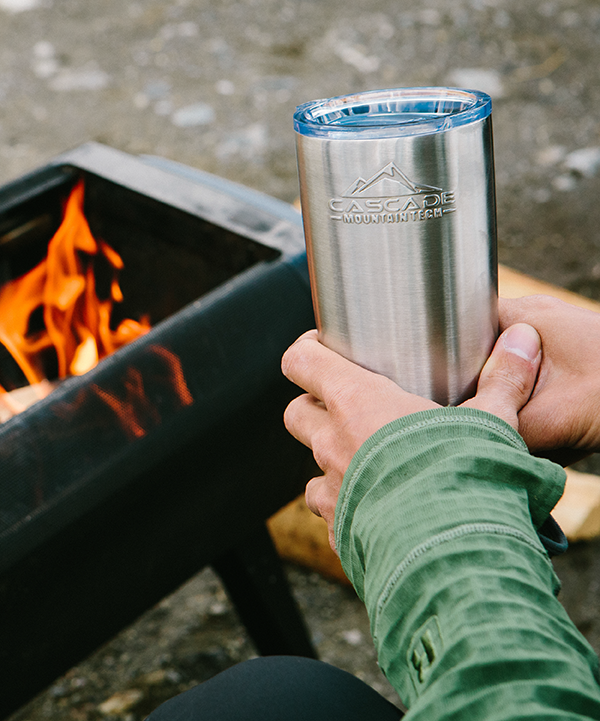
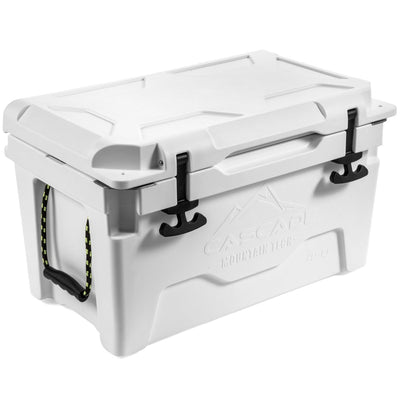



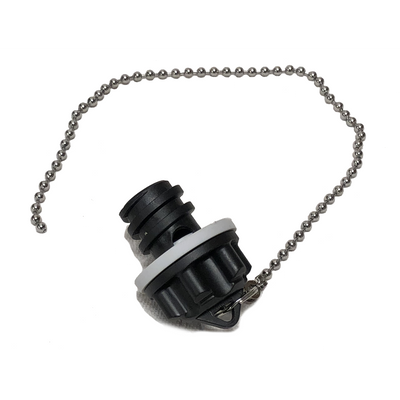
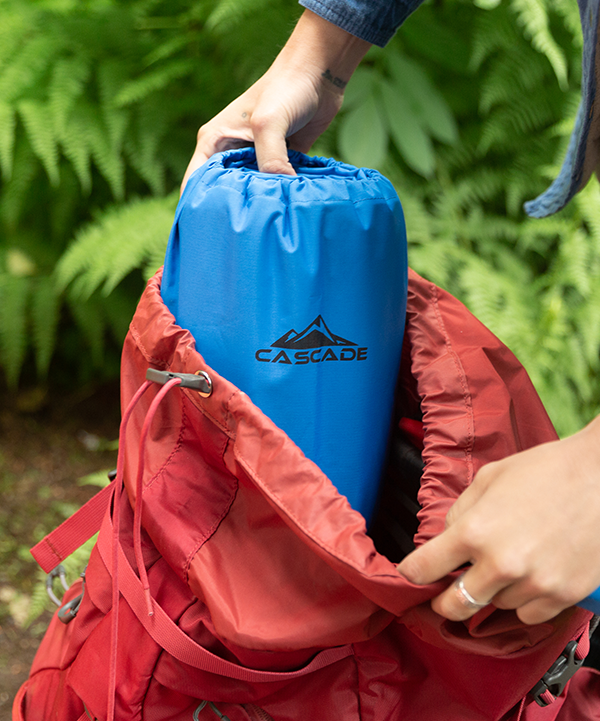
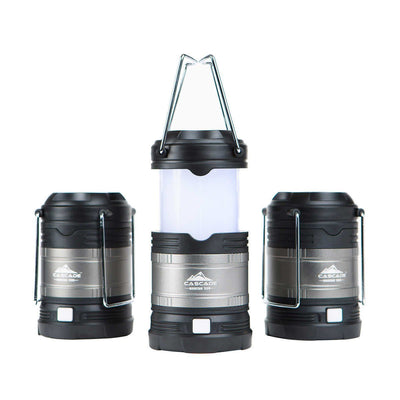

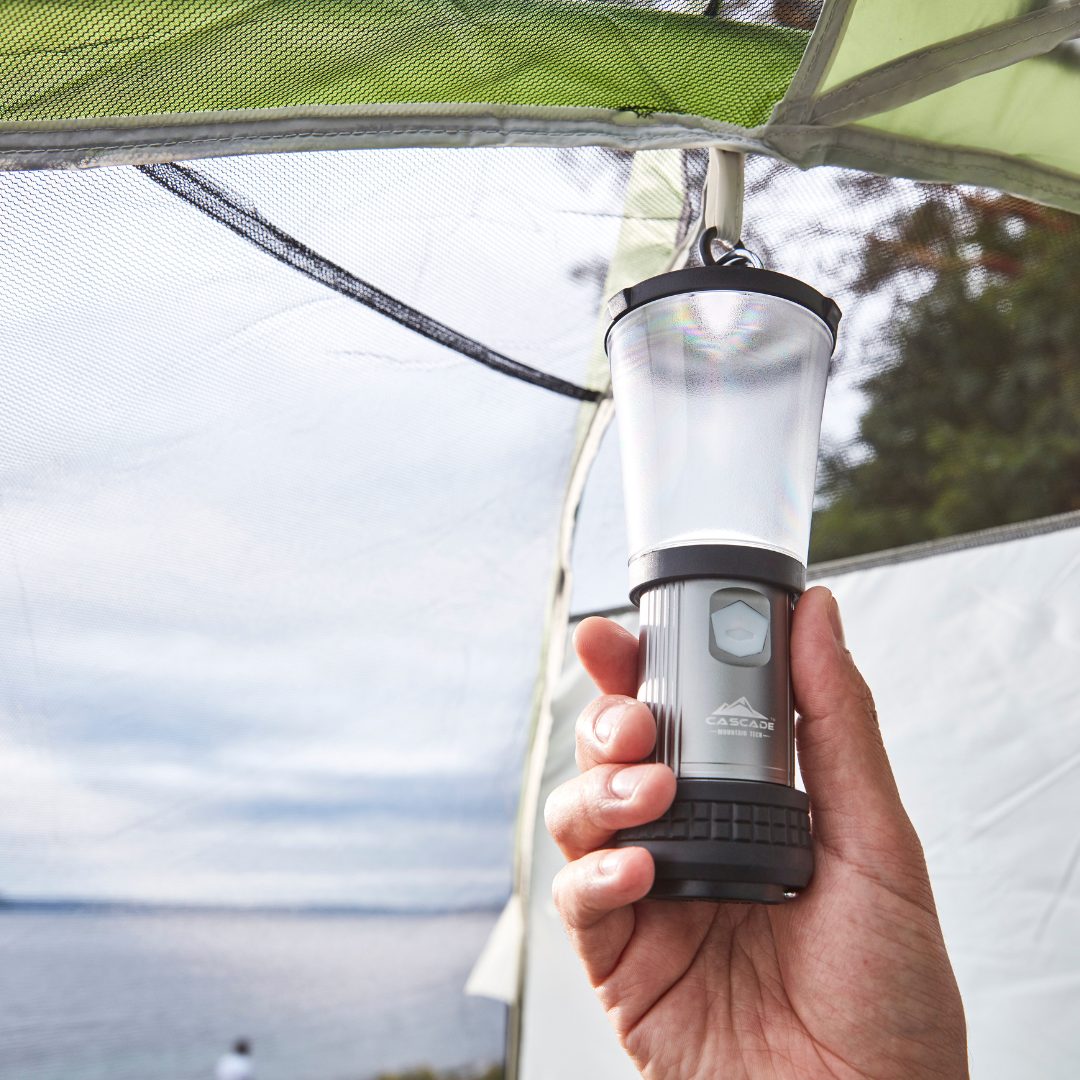

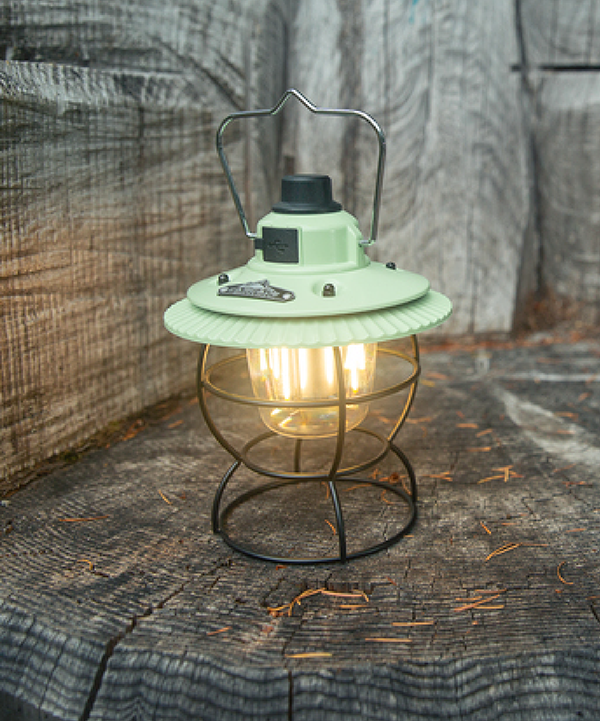
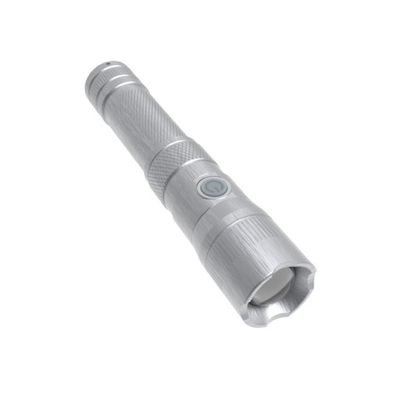
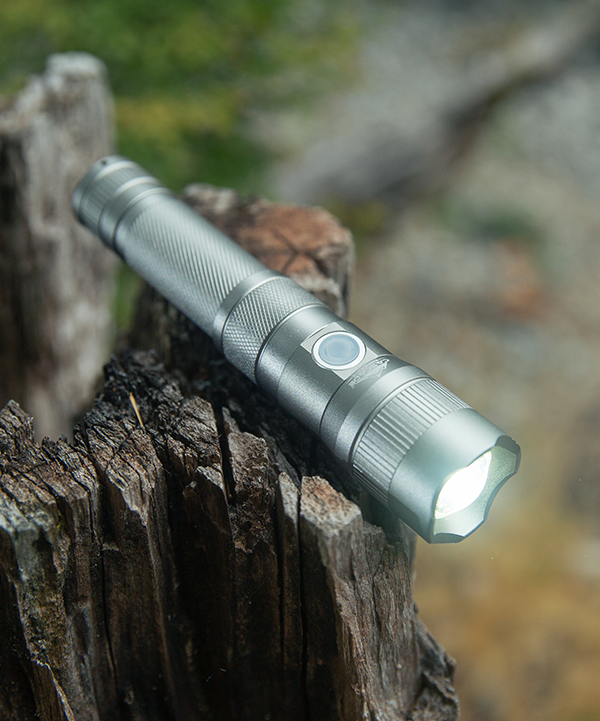

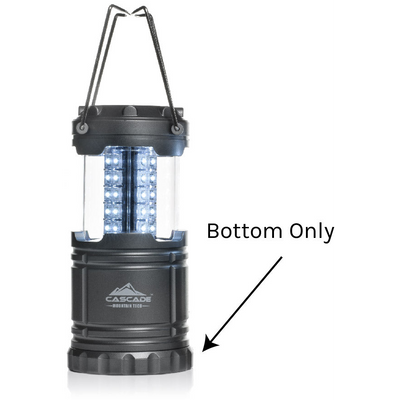
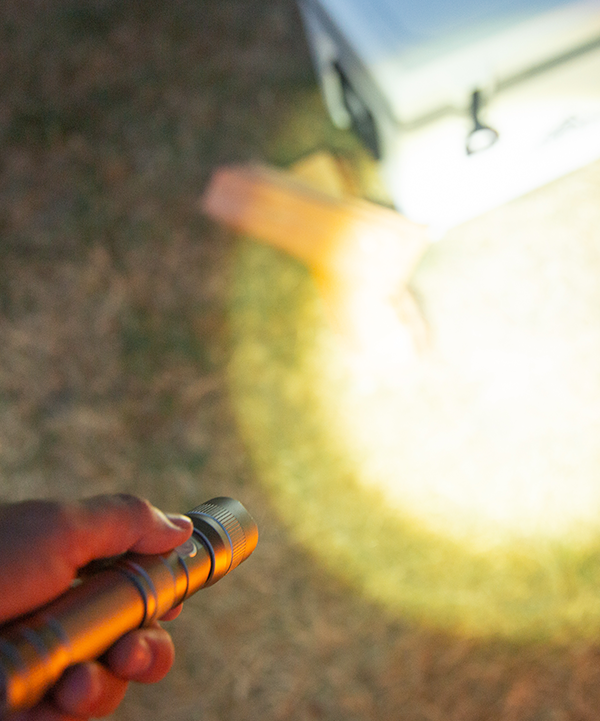
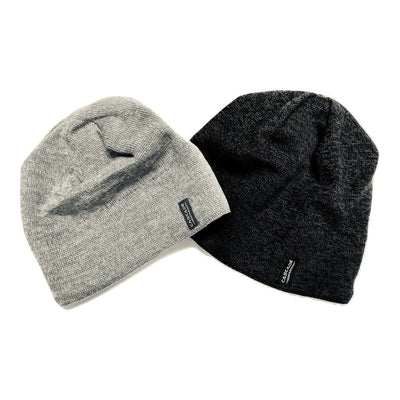
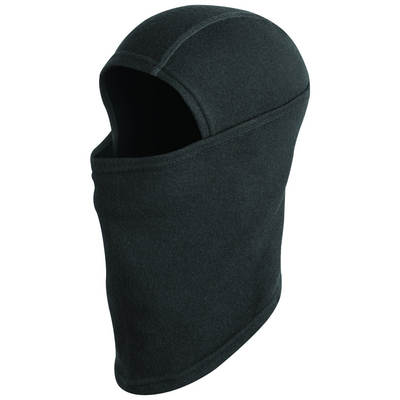
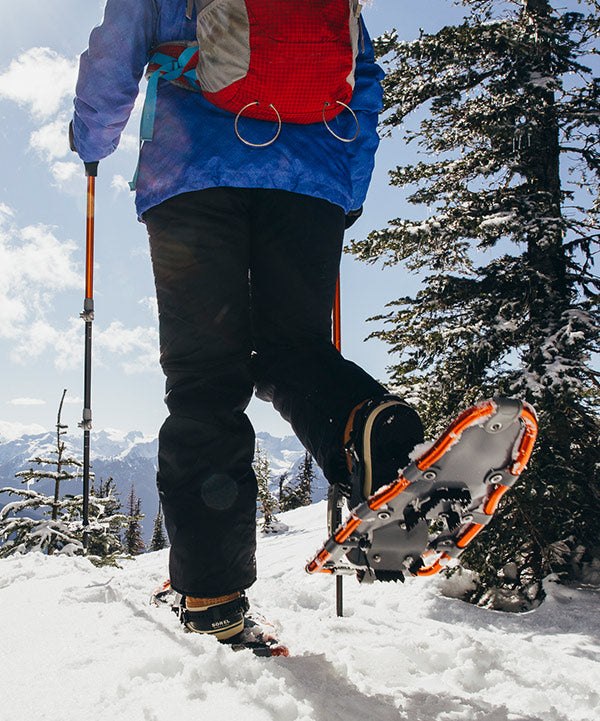

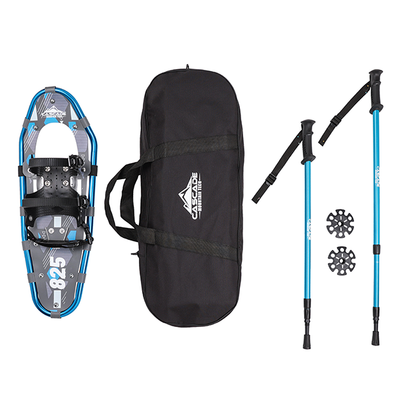
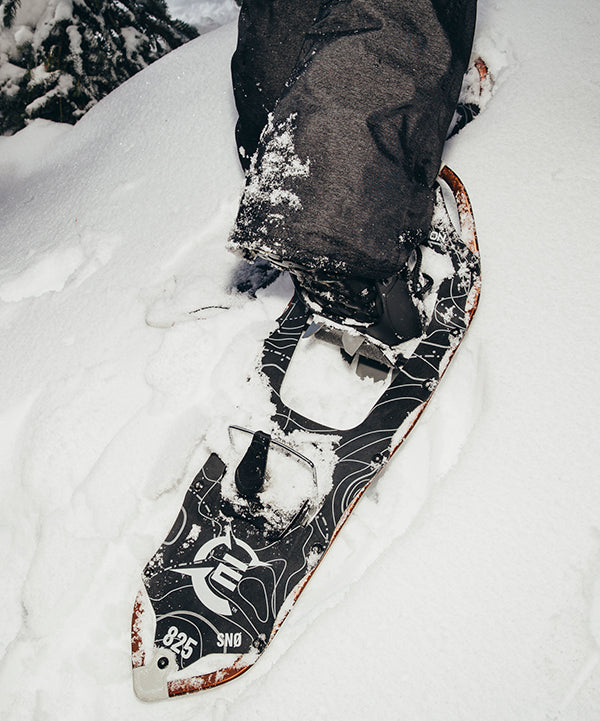



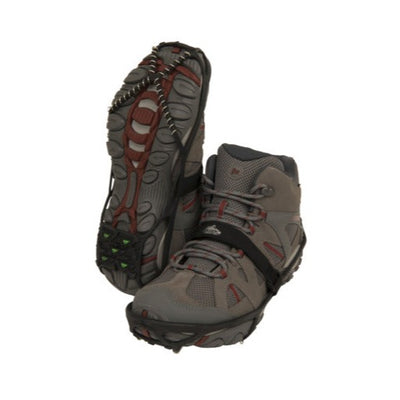

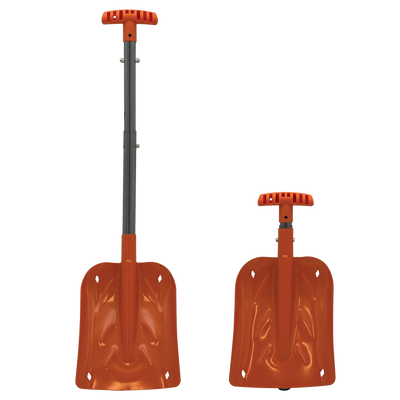
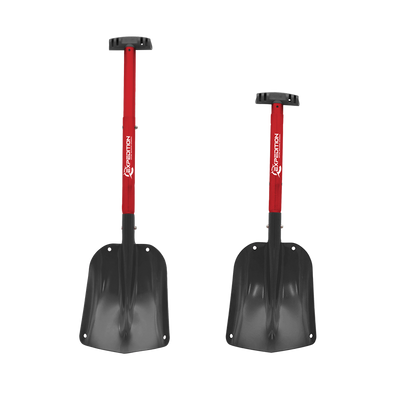
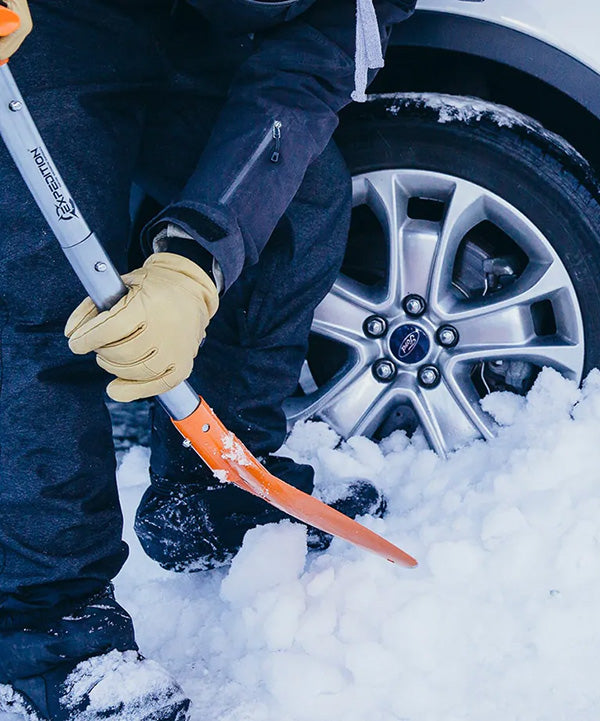
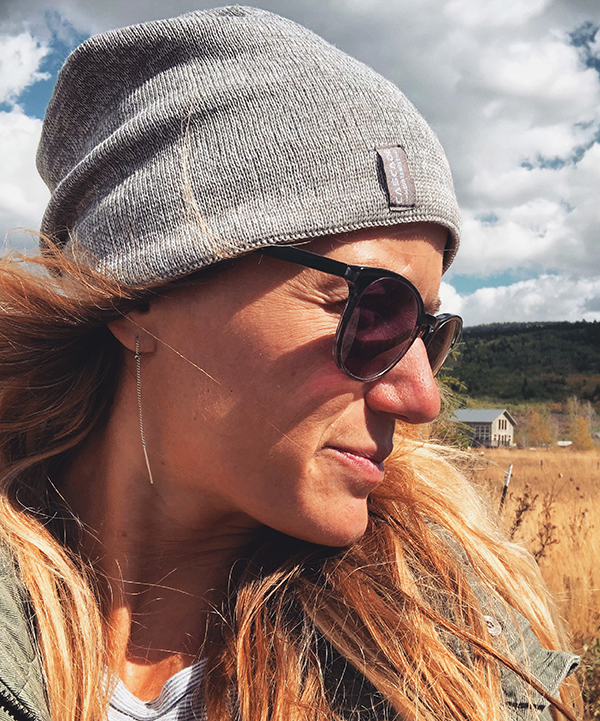

















Many years ago my buddy and i were backpacking a section of theAT in Virginia’s Shenandoah National Forest. Rules were strict that ALL backpackers must stay in the shelter area. After 4 previous nights at shelters with 20+ snoring hikers and 5 AM noisy rising of thru-hikers I’d had enough.
A few miles before the next shelter I left my buddy and went about 100 yard or so off the trail and “stealth camped”. VERY quiet and very private.
The next day I met my buddy at 8 o’ clock at the AT shelter and he was, as usual, getting a slow start to the day, just eating breakfast. I was rested and content to wait for him.
Many years ago my buddy and i were backpacking a section of theAT in Virginia’s Shenandoah National Forest. Rules were strict that ALL backpackers must stay in the shelter area. After 4 previous nights at shelters with 20+ snoring hikes and 5 AM noisy rising of thru-hikers I’d had enough.
A few miles before the next shelter I left my buddy and went about 100 yard or so off the trail and “stealth camped”. VERY quiet and very private.
The next day I met my buddy at 8 o’ clock at the AT shelter and he was, ass usual, getting a slow start to the day, just eating breakfast. I was rested and content to wait for him.
I often see these dispersed camping articles.Pretty much all the same. Out -west. Free sites -out west. People in the east camp too.
Many years ago my buddy and i were backpacking a section of theAT in Virginia’s Shenandoah National Forest. Rules were strict that ALL backpackers must stay in the shelter area. After 4 previous nights at shelters with 20+ snoring hikers and 5 AM noisy rising of thru-hikers I’d had enough.
A few miles before the next shelter I left my buddy and went about 100 yard or so off the trail and “stealth camped”. VERY quiet and very private.
The next day I met my buddy at 8 o’ clock at the AT shelter and he was, as usual, getting a slow start to the day, just eating breakfast. I was rested and content to wait for him.
Many years ago my buddy and i were backpacking a section of theAT in Virginia’s Shenandoah National Forest. Rules were strict that ALL backpackers must stay in the shelter area. After 4 previous nights at shelters with 20+ snoring hikes and 5 AM noisy rising of thru-hikers I’d had enough.
A few miles before the next shelter I left my buddy and went about 100 yard or so off the trail and “stealth camped”. VERY quiet and very private.
The next day I met my buddy at 8 o’ clock at the AT shelter and he was, ass usual, getting a slow start to the day, just eating breakfast. I was rested and content to wait for him.
Leave a comment